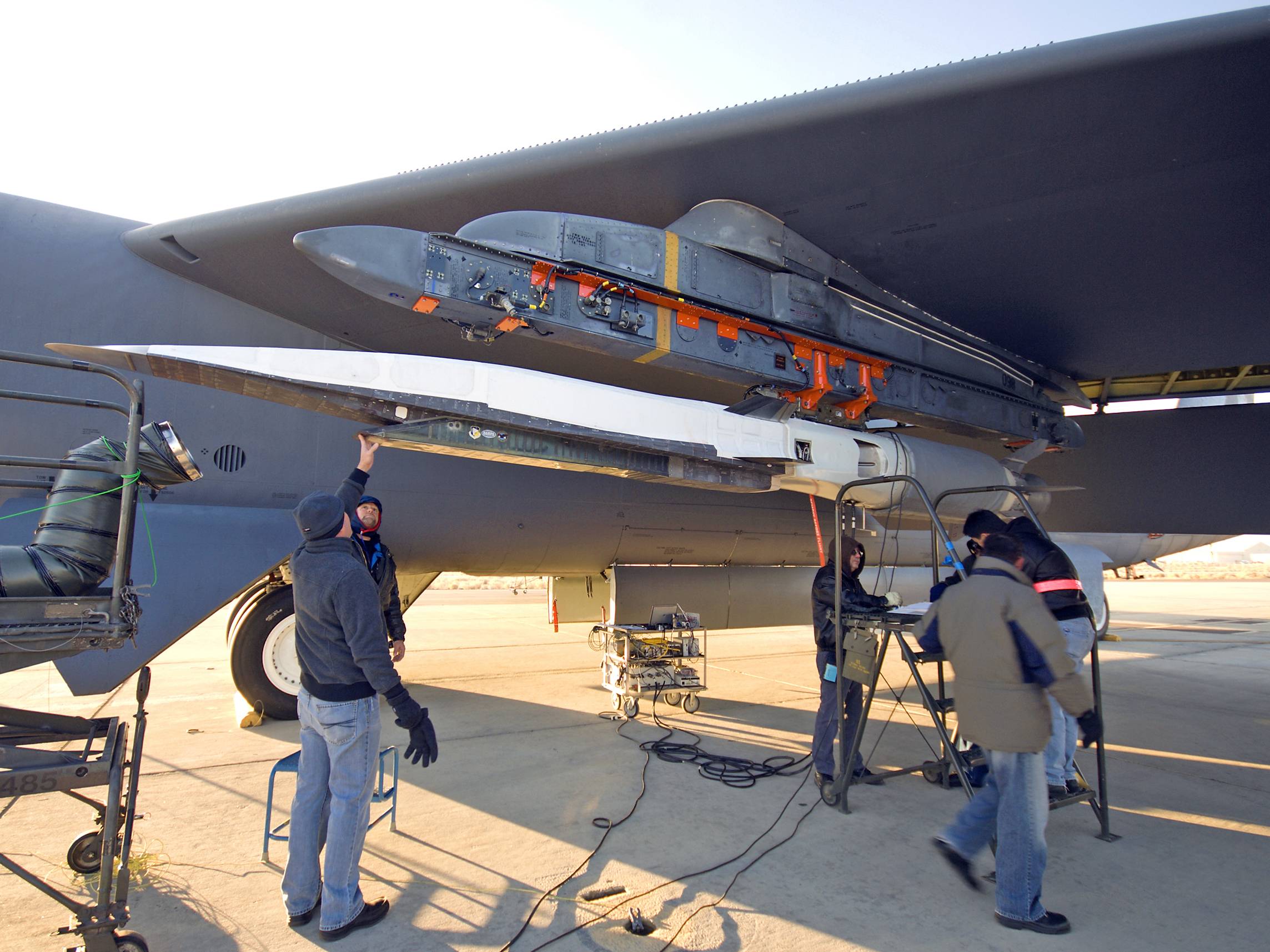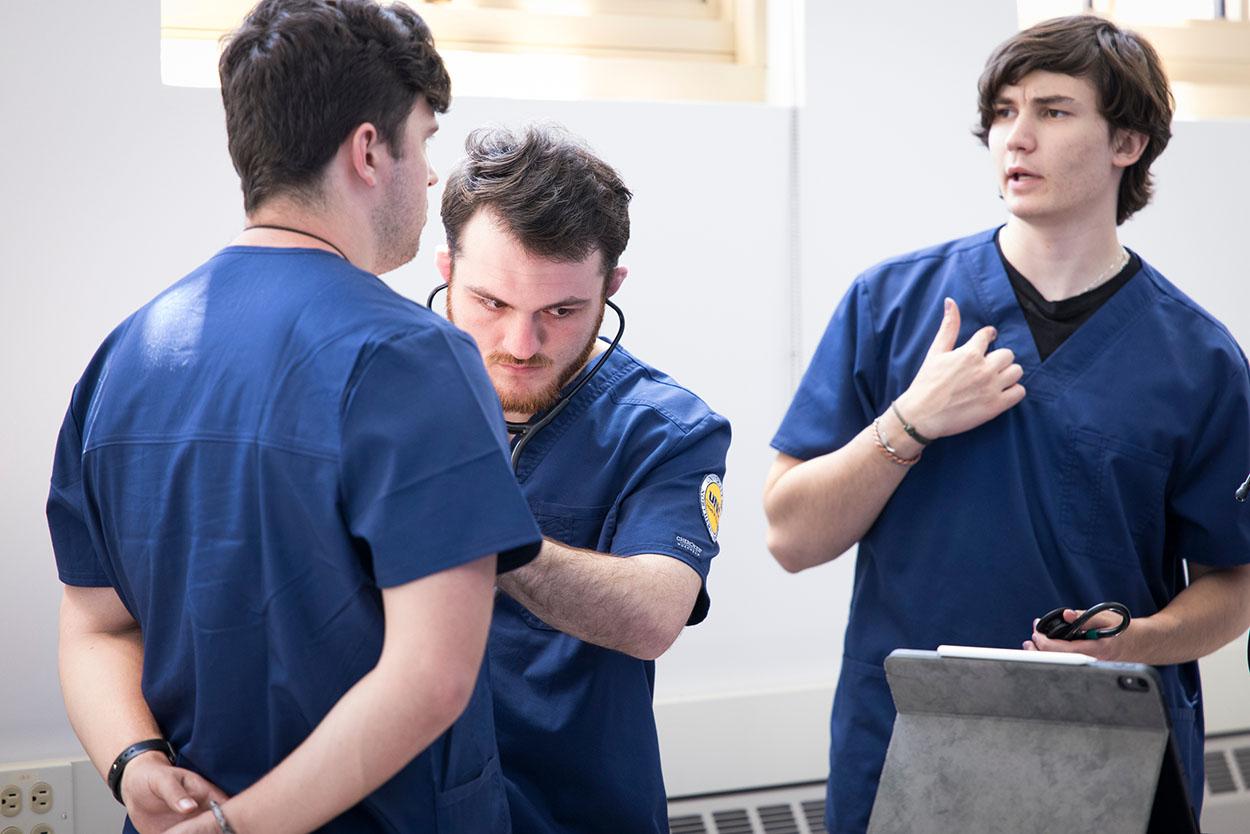
GOP Rep. Doug Lamborn said the U.S. needs to do better when it comes to hypersonic weapons.
These weapons go very fast, go far, and are hard to evade. Perhaps more importantly, he said, China and Russia have these systems, while the U.S. does not.
“We are behind,” Lamborn said at a workshop Friday run by the Hudson Institute and Space Foundation to discuss the future of U.S. and Allied Hypersonic Missile Programs. “[China and Russia] have operational capabilities….we must correct this trajectory now.”
The Pentagon warned in 2023 that China has the “leading hypersonic arsenal,” both in number and technology.
Still, Lamborn said he was motivated to call attention to the lag, not just because possible adversaries have this capability, but because military commanders see a need for it to defend the homeland against a possible a hypersonic attack.
“It’s a capability that’s critical for the future of possible warfare,” Lamborn told CPR News.
The Colorado Springs Republican leads the House Armed Services’ subcommittee on Strategic Forces, which oversees hypersonic weapons. He said the U.S. had fallen behind because of “years of hallowed out defense budgets” and the military’s focus on counterterrorism operations in the wake of Sept. 11.
He laid out an agenda that includes developing a defensive glide phase interceptor by 2029, developing sensors to provide quality fire control data, and more effective testing.
“We’re not even testing like we should, much less fielding something we haven’t fielded yet,” Lamborn explained, saying they need to test more often and over land and not just over water. He pointed out Congress recently mandated the Pentagon develop an overland corridor for hypersonic testing.
The technology also has economic as well as national security implications.
“Hypersonic is a very challenging technological area,” said Maj. General Heather Pringle (ret), who now leads the Space Foundation. “And so it requires a lot of effort from the science and technology community, as well as production, and so it takes all of us. And we have a lot of work to do.”
She noted that this is something all parts of the country could benefit from, not just states like Colorado that have space infrastructure. Microelectronics, she said, could involve any state. They're considered the backbone of hypersonics.
Lamborn added all this would require “predictable and sustained funding” from Congress, something that has been hard to do.
Even as Lamborn spoke, Congress was talking about passing a short stopgap funding measure to avoid a government shutdown on Oct. 1. These so-called continuing resolutions hurt defense programs. While keeping the lights on, it doesn't allow for new procurements or investments.
Lamborn said that while he may be retiring from Congress in three months, this is an issue he plans to push for even when he leaves Washington D.C.








